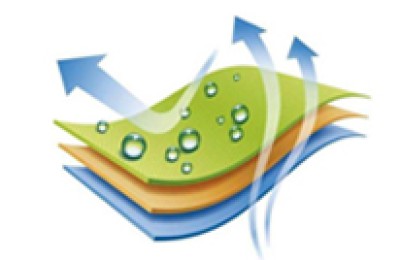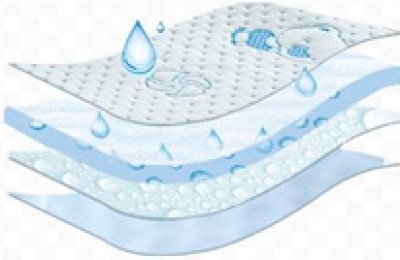According to feedback from cotton traders in Qingdao, Zhangjiagang and other places, the number of arrivals, deliveries and bonded warehouses of cotton sold by CCI bidding in India has continued to rise since mid-September. Comparison of indicators such as length, strength, horse value, and impurity content Good, it will have a certain substitution effect on Brazilian cotton, US cotton and Xinjiang cotton.
On November 2-3, Qingdao Port M 1-5/32 Indian cotton was quoted at 14,400-14,500 yuan/ton (2019/20, net weight settlement), which was lower than US cotton 31-3 36 respectively. , Brazilian cotton M 1-1/8 (December shipping date) is quoted at 1100-1200 yuan/ton, 800-1000 yuan/ton, and Indian cotton has a relatively obvious price advantage.
With the recent continuous plunge of ICE cotton futures, the new crown epidemic in Europe, the United States, and India is out of control again, the hope of economic restart and recovery is likely to be “died”, and the US presidential election is not only “exciting”, but also likely to break out. Due to the civil war, investors’ risk aversion has increased, so India’s MCX futures have fallen across the board in recent days. However, the CCI bidding floor price has been lowered and India’s domestic cotton spot quotations have been slightly lowered. There is no strong willingness to follow MCX and ICE, and they continue to show relatively strong resilience. ability. Although since the end of October, the enthusiasm of international cotton merchants, yarn mills and buyers from China and Southeast Asian countries to participate in CCI cotton bidding has declined, and Indian cotton shipments have slowed down, Indian cotton processing companies, exporters and CCI have significantly adjusted back cotton quotations, stimulating exports and Domestic consumer demand is not enthusiastic.
The main reasons for the high reserve prices of Indian cotton spot and CCI rounds are as follows:
First, from a statistical point of view, CCI cotton inventory is as low as less than 5 million bales so far , the pressure has been effectively alleviated; second, with the strong support of the Indian government, funding, warehousing and other issues have been resolved, and profitability or as little loss as possible is still the goal of CCI; third, in 2020/21, CCI has acquired cotton from the northern part of the country with MSP The area is in full swing, and there is little room for compromise and concessions on the price of old cotton in 2019/20 under high costs; fourth, the U.S. government’s implementation of a standardized ban on China’s Xinjiang cotton products has been delayed until the end of November. The current policy direction is very unclear. Once the ban is lifted , then the spring for the export of Indian cotton, cotton gauze, etc. is coming; fifth, the length, horse value, breaking strength and other indicators of machine-picked cotton in Xinjiang in 2020/21 have declined significantly compared with the previous two years, and Indian cotton has seized the Chinese market share , opportunities to expand influence “come back”. </p







